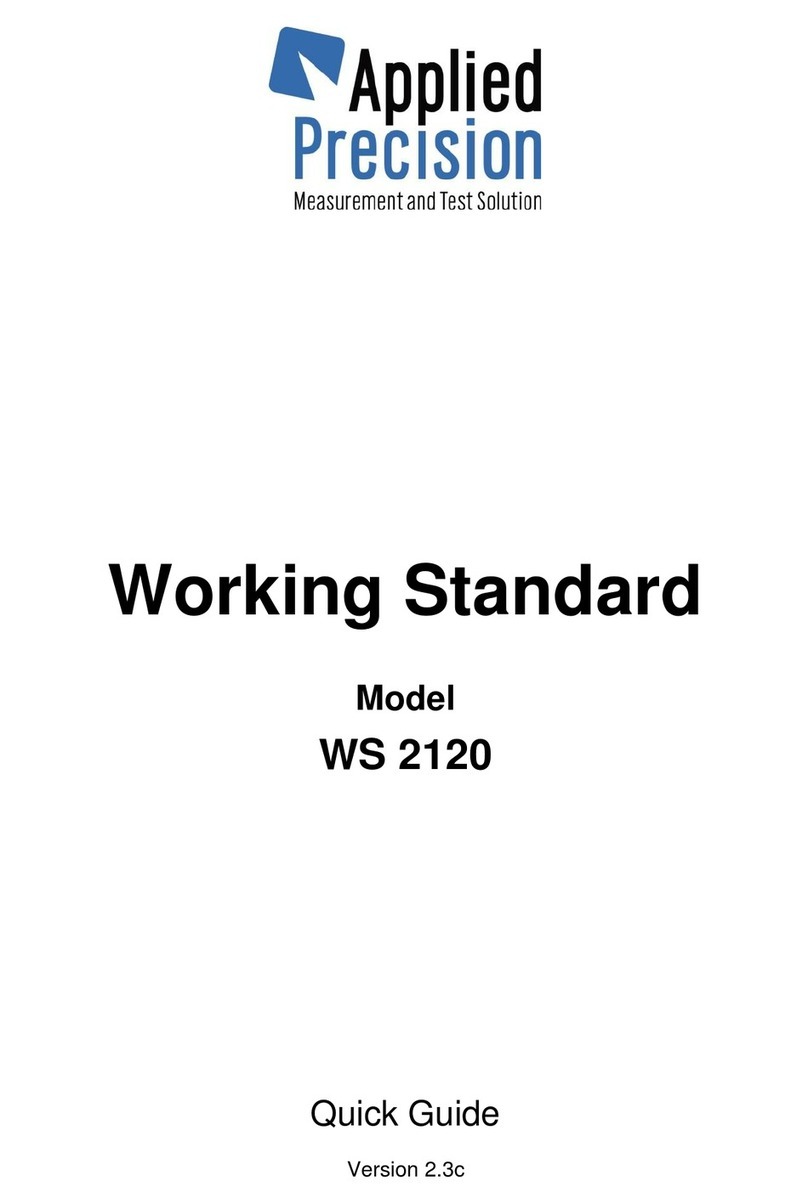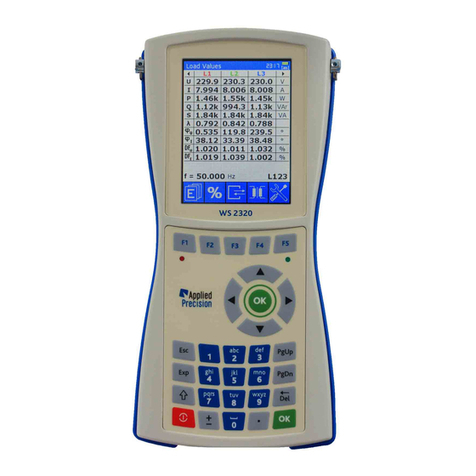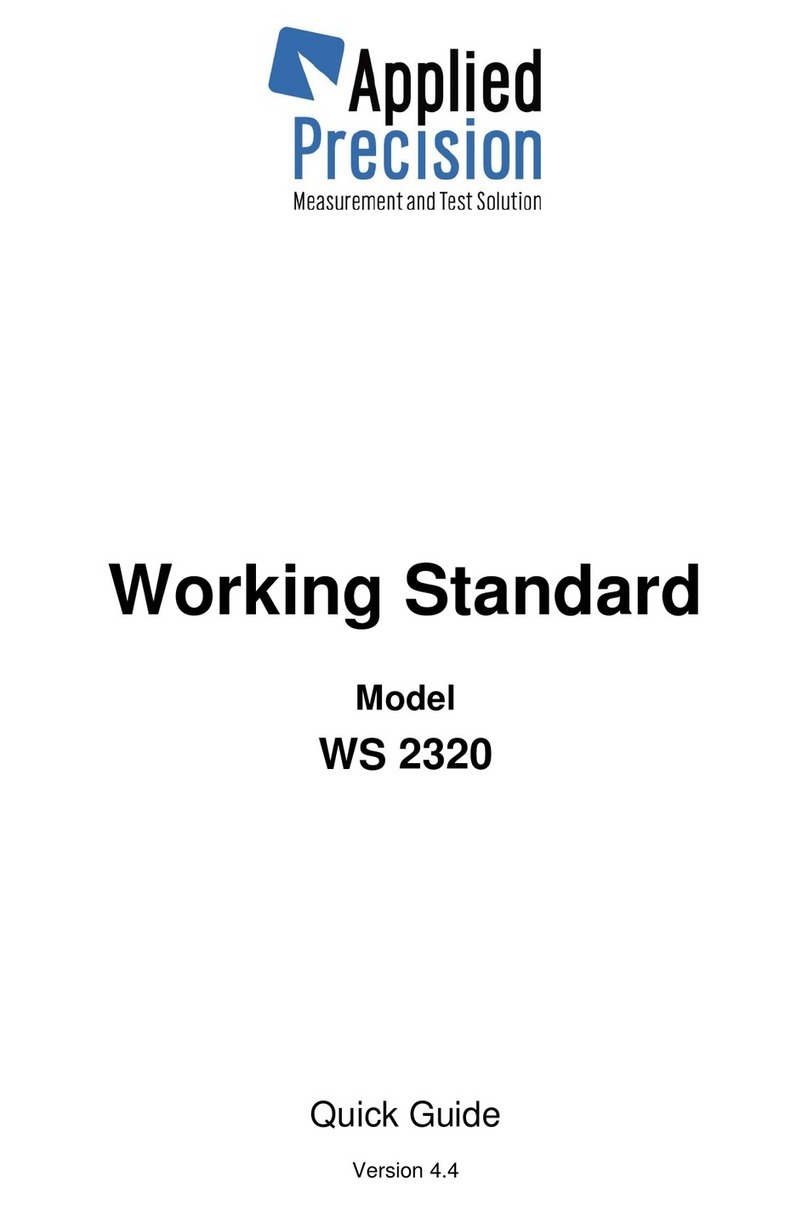Content
1. Safety Considerations and Instructions......................................................................................4
2. Device Description........................................................................................................................ 5
2.1 Introduction...............................................................................................................................5
2.2 Front Panel and Rear Panel......................................................................................................6
2.3 Rear Panel Connectors and Clamps.........................................................................................7
2.4 Connecting of the Device..........................................................................................................8
3. Local Control................................................................................................................................. 9
3.1 Manual Control........................................................................................................................ 10
3.1.1 Menu Entering Keys........................................................................................................10
3.1.2 Menu Control Keys..........................................................................................................11
3.1.3 Parameter Value Editing Keys.........................................................................................11
3.1.4 Functional Key and Keys Combinations ..........................................................................11
3.2 Menu Description.................................................................................................................... 12
3.2.1 Main Menu.......................................................................................................................12
3.2.2 Measurement Menu......................................................................................................... 12
3.2.3 Special Functions Menu ..................................................................................................12
3.2.4 System Menu ..................................................................................................................13
3.2.5 Calibration Menu .............................................................................................................13
3.2.6 Calibration Menu „More Calib...“ ...................................................................................... 13
3.2.7 Range Menu....................................................................................................................14
3.2.8 Energy Menu...................................................................................................................14
3.2.9 Frequency Mode Menu....................................................................................................14
3.2.10 History Mode Menu .......................................................................................................15
3.2.11 Menu TALK ONLY.........................................................................................................15
3.2.12 Menu TALK ONLY COM1..............................................................................................15
3.2.13 Output Frequency Response Menu...............................................................................15
3.2.14 RS-232 Menu................................................................................................................16
3.2.15 Display Menu.................................................................................................................16
3.2.16 Keyboard Menu............................................................................................................. 16
3.2.17 Impulse Menu................................................................................................................ 16
3.2.18 Impulse Outputs Fout1 … Fout3 Menu .......................................................................... 17
3.2.19 Impulse Input Fin Menu.................................................................................................17
3.2.20 Frequency Input Configuration Menu.............................................................................17
3.2.21 OPS Measurement Mode Menu .................................................................................... 18
3.2.22 Dosage Menu................................................................................................................ 18
3.2.23 SI/SU Contacts Menu in Auto Mode .............................................................................. 18
3.2.24 Control Port Menu .........................................................................................................18
3.2.25 Quantities Menu ............................................................................................................19
3.2.26 Harmonic Graph Menu .................................................................................................. 19
3.2.27 Contrast Menu............................................................................................................... 19
3.2.28 Control Port Initialization Menu...................................................................................... 19
4. Remote Control........................................................................................................................... 20
4.1 Commands .............................................................................................................................20
4.1.1 General Commands ........................................................................................................20
4.1.2 Other Commands............................................................................................................ 20
5. Features and Functions.............................................................................................................. 21
5.1 System Time...........................................................................................................................21
5.2 Display.................................................................................................................................... 21
5.3 Keyboard ................................................................................................................................22
5.3.1 Keyboard Beep................................................................................................................22
5.3.2 Keyboard Lock ................................................................................................................22































